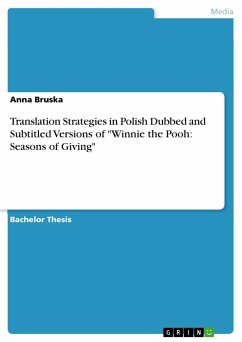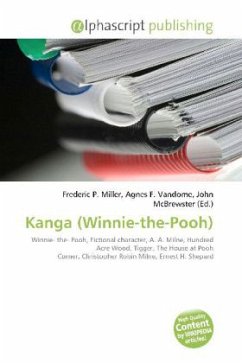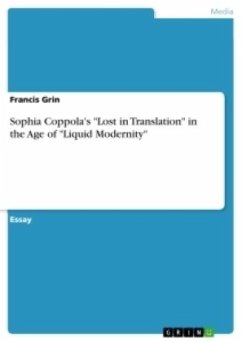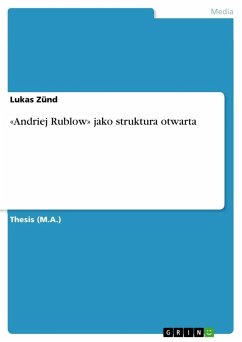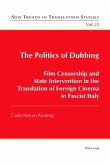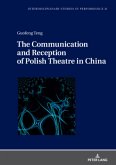Bachelor Thesis from the year 2014 in the subject Film Science, grade: 4,00, Kazimierz Wielki University, language: English, abstract: This thesis is focused on the subject of translation strategies in Polish dubbed and subtitled versions of "Winnie the Pooh: Seasons of Giving". It is divided into two chapters: each of them presents another point of the issue. In the first chapter a general idea of an audiovisual translation is described. It is explained what is hidden in this process and in what ways can the transmission be proceeded. Next, there is an answer to a question what is translation exactly. AVT is represented by three different categories: intralingual, interlingual and intersemiotic; each category has its own modes. Intralingual Audiovisual Translation is represented by live subtitling (in broadcast, programmes, interviews), subtitling for the deaf and the hard-of-hearing (more punctuations on screen, precise descriptions in a form of subtitles), audio description for the blind (explanations and descriptions in a form of sound). Interlingual Audiovisual Translation is connected with a huge process that consists in analysing a message in a first language and its generation in another language. This kind of translation is divided into two groups: revoicing and subtitling that are clarified. A significant is the beginning of both subtitling and dubbing, how they came into being and in what way their later development influenced on technology. The next point of the thesis is a brief comparison of subtitling and dubbing by presenting their translation elements. This differentiation leads to show main advantages and disadvantages of those two types of audiovisual translation. This brings us to a description of subtitling which has several stages to be proceeded. This process is limited by some restrictions such as an exposition time or a subtitle's general appearance. The most culminating point in this chapter is an enumeration of, firstly, strategies in subtitling, secondly, in dubbing. There are ten main subtitling procedures: extension, paraphrase, transfer, imitation, transcription, dislocation, condensation, decimation, deletion and finally, resignation - all described in detail along with three extra examples of the strategies. It is said how the whole process of dubbing step by step looks like, what a synchronism is and what types of the synchronism are distinguished. There is a variety of dubbing strategies; in this thesis seven of them are presented.
Hinweis: Dieser Artikel kann nur an eine deutsche Lieferadresse ausgeliefert werden.
Hinweis: Dieser Artikel kann nur an eine deutsche Lieferadresse ausgeliefert werden.

